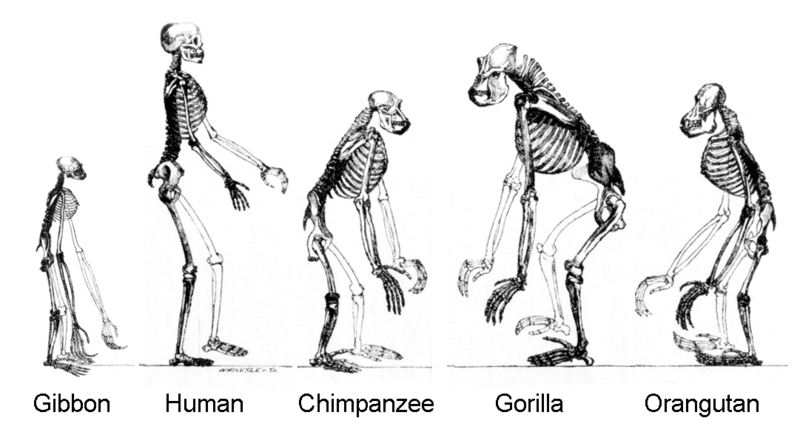Ancient Hominin Discovery Reshapes European History

A groundbreaking discovery in Romania has pushed back the timeline of human presence in Europe by nearly half a million years. Evidence of hominin activity, dating back approximately 1.95 million years, was uncovered at the Grăunceanu site in the Olteț River Valley. This finding not only provides the earliest known proof of early human existence in the region but also suggests that these ancient hominins adapted to temperate and seasonal environments much earlier than previously thought. The implications of this discovery could significantly alter our understanding of human migration and adaptation in prehistoric Europe.
Findings from Grăunceanu Fossil Site
The Grăunceanu fossil site has yielded remarkable findings that shed light on early human behavior. A study published in *Nature Communications* details the analysis of faunal remains from the site, which is part of the Tetoiu Formation. Researchers from the Department of Sociology & Anthropology at Ohio University examined over 4,500 specimens for signs of human interaction. They discovered cut marks on 20 bones, with seven of these showing high confidence as cut-marked. These marks were primarily found on animal tibiae and mandibles, indicating that early hominins practiced defleshing techniques.
The presence of these cut marks suggests that early humans engaged in butchery, a critical survival skill. This evidence points to a complex understanding of animal processing, which would have been essential for their sustenance. The findings at Grăunceanu not only highlight the skills of these early hominins but also their ability to exploit available resources in their environment. This discovery marks a significant step in understanding the lifestyle and survival strategies of our ancient ancestors.
Dating Techniques and Environmental Insights
To establish the age of the fossils found at Grăunceanu, researchers employed high-precision laser ablation U-Pb dating on dentine samples. This advanced technique provided minimum fossil ages ranging from 2.01 to 1.87 million years, with an average age of 1.95 million years. These results align with biochronological estimates, confirming Grăunceanu as the oldest evidence of hominin activity in Europe.
Additionally, isotope analysis of a horse molar from the site revealed insights into the environmental conditions of the time. The analysis suggested a temperate woodland-grassland habitat with heavy seasonal rainfall. The faunal remains indicated mild winters, which would have created favorable conditions for hominin habitation during interglacial periods. This understanding of the environment is crucial, as it helps researchers piece together how early humans adapted to changing climates and landscapes, ultimately influencing their migration patterns across Europe.
Implications for Hominin Migration
The discovery at Grăunceanu challenges long-held theories regarding the migration of early hominins. Previously, it was believed that hominins first established themselves in Georgia, particularly at the Dmanisi site. However, the evidence from Grăunceanu suggests that early humans may have dispersed across a wider range of environments much earlier than previously understood. This finding indicates a significant level of ecological adaptability among early hominins.
Moreover, the presence of warm-adapted species, such as pangolins and ostriches, at the site highlights the favorable conditions that may have facilitated this migration. The adaptability of these early humans to diverse environments underscores their resilience and resourcefulness. As researchers continue to study these findings, they may uncover more about the pathways and challenges faced by our ancient ancestors as they spread across Europe and beyond.
Observer Voice is the one stop site for National, International news, Sports, Editor’s Choice, Art/culture contents, Quotes and much more. We also cover historical contents. Historical contents includes World History, Indian History, and what happened today. The website also covers Entertainment across the India and World.

